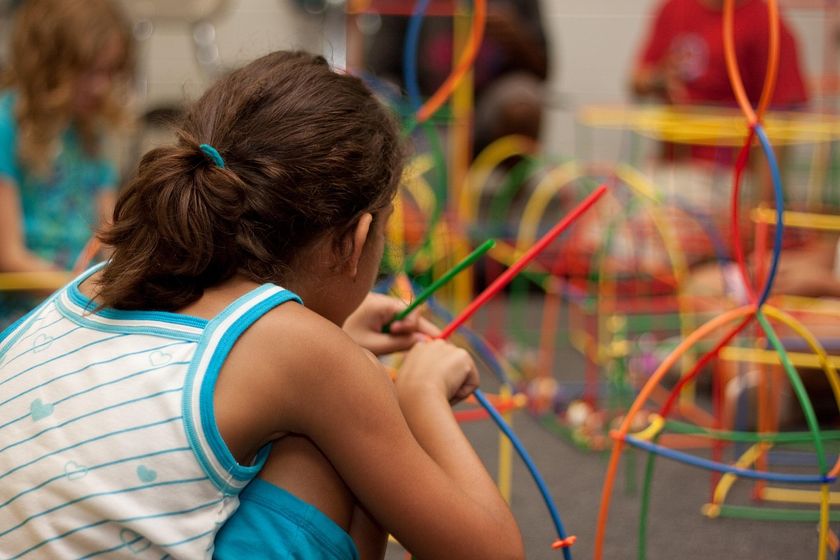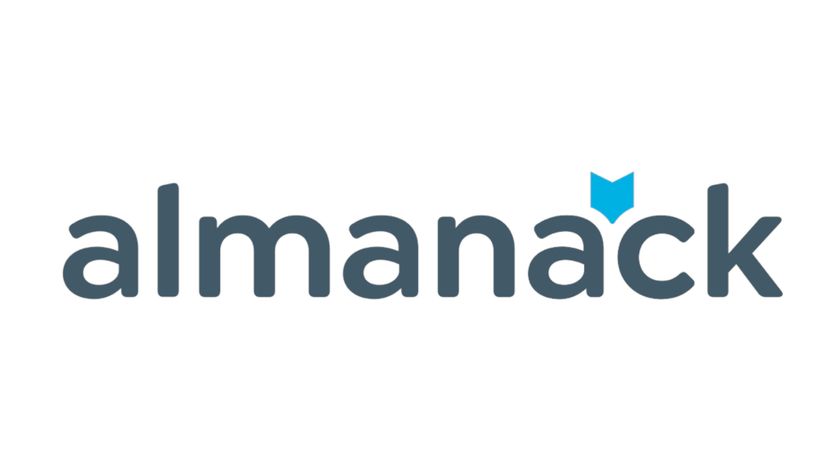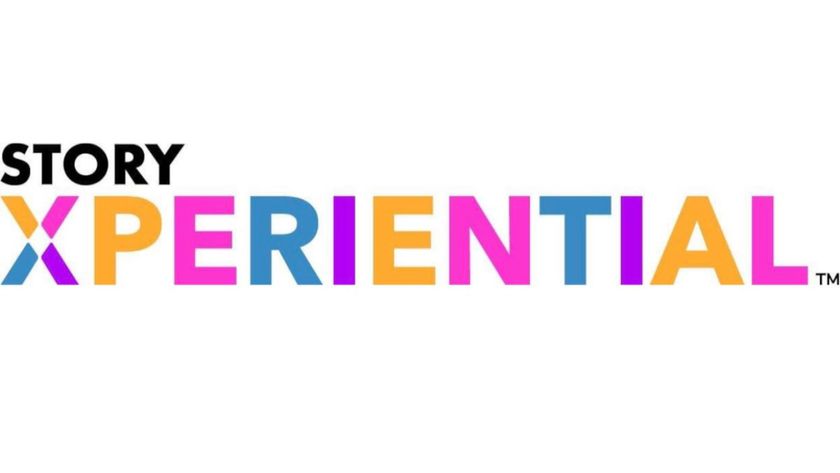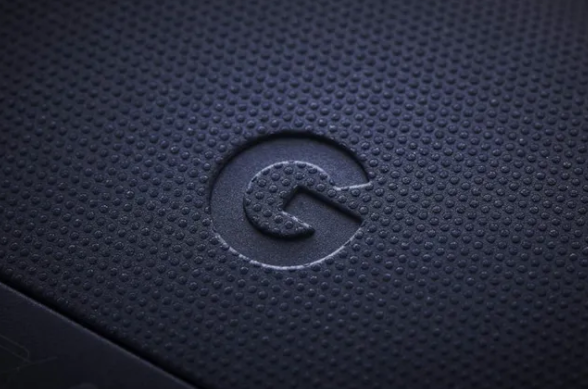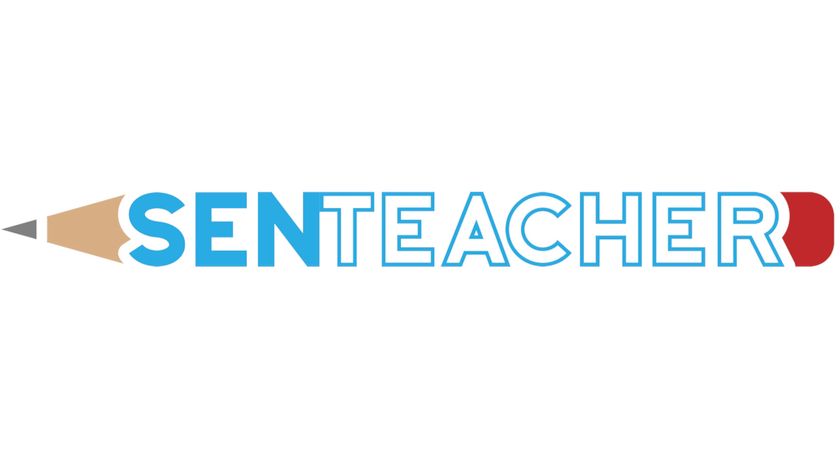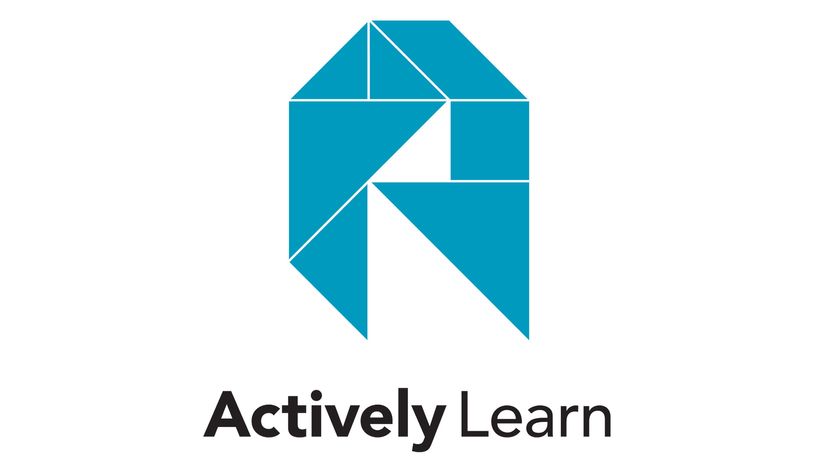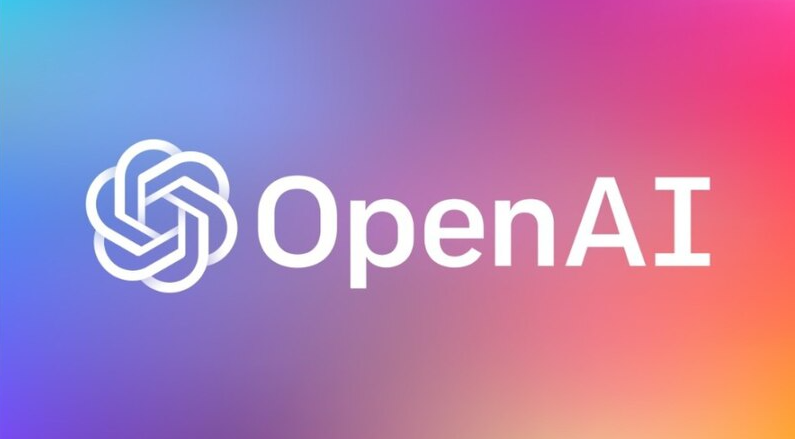What is Kibo and How Can it Be Used to Teach? Tips & Tricks
Kibo is a robotics and coding specialist that is ideal for education
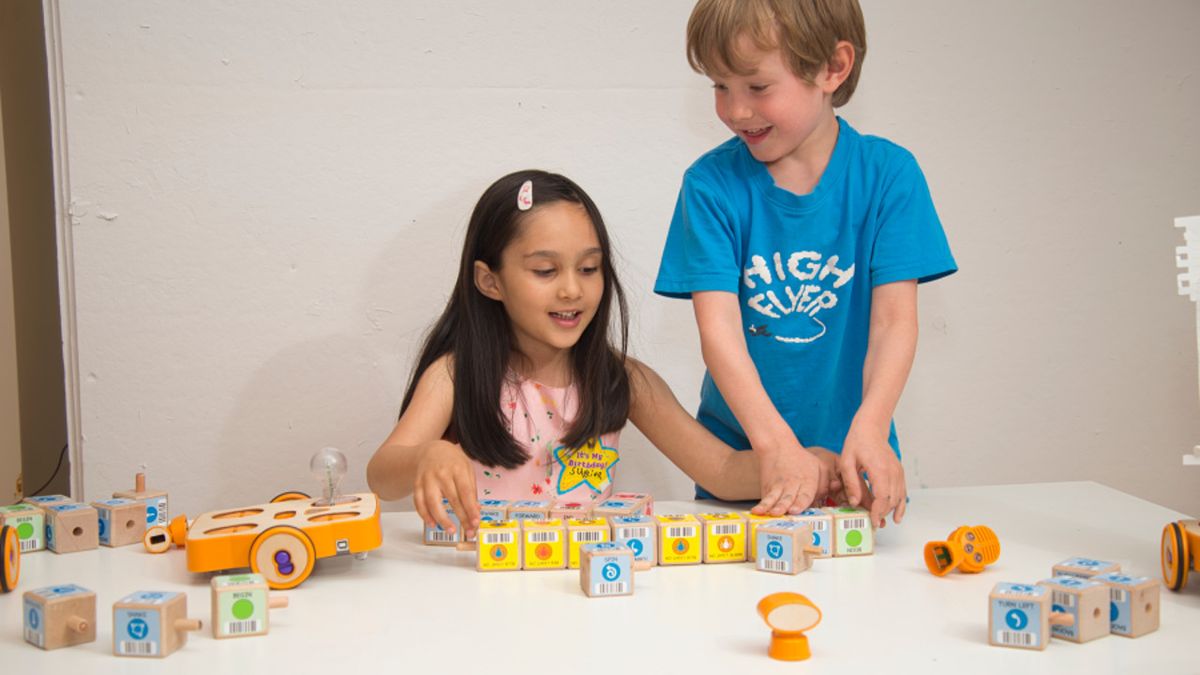
Kibo, from KinderLab Robotics, is a STEAM learning platform that's based on more than 20 years of early child development research. The end result is a set of block-based robots that help teach coding and more.
Aimed at younger students (aged 4 to 7), this is a simple robotic system that can be used in STEM education as well as at home. Curriculum-aligned learning is also available, making it an ideal tool for in-class use.
The idea is to offer a creative coding and robotics system that engages younger children for physical manipulation of objects while also learning the basics of how coding works, all in an open-ended play way.
So is Kibo for you?
What is Kibo?
Kibo is a robotics block-based tool that can be used to help teach STEM, coding, and robotics building to children aged 4 to 7, both at home as well as in school.
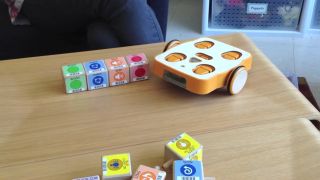
Unlike many other robotics kits, the Kibo setup doesn't require a tablet or any other device, so children can learn without any additional screen time. The idea is to teach adding and subtracting blocks, and commands, to create actions.
The blocks are large and simple to manipulate, making it an easy-to-use setup even for younger children. Yet the education guidance that comes with this all is curriculum-aligned so it can be used to teach across multiple subjects to enhance learning for the longer term.
Tech & Learning Newsletter
Tools and ideas to transform education. Sign up below.
Multiple kits are available so you can start simple and build from there, allowing for accessibility for more people and ages. It can also mean smaller kits for being more storage efficient, if that's a factor. Plenty of extensions, sensors, and the like are also available, which can be added over time as your budget allows it.
How does Kibo work?
Kibo comes in several sizes: 10, 15, 18, and 21 – each one adding wheels, motors, sensors, parameters, and controls to get more complex results. Everything comes in a large plastic container box, making tidying up and classroom storage simple and effective.
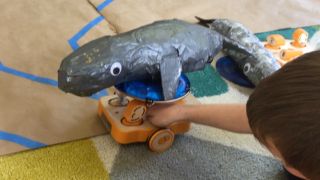
The robot itself is part wood and part plastic, allowing for a tactile feel while also showing the electronics inside for another layer to the learning. Everything is visually effective with the audio sensor looking like an ear so children can intuitively construct the robot logically.
LEGO-compatible attachment points add even more depth to the use cases – building a castle, or dragon, on the robot's back, for example.
Coding is done via blocks with commands that you line up in the order you want actions carried out. You then use the robot to scan the code blocks in order before setting it loose to perform the command sequence. This keeps things screen-free however, needing to scan the blocks in a slightly awkward way, which takes a little getting used to, can be frustrating to start.
What are the best Kibo features?
Kibo is very intuitive to use making it ideal for younger students, but it also offers enough variation in options to remain challenging for older children too – all while being screen-free.
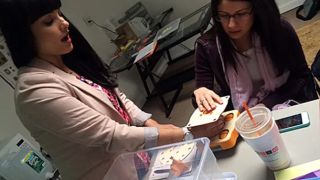
Educators benefit from more than160 hours of standards-aligned STEAM curriculum and teaching materials that are freely available to be used with the kits. This is backed by plenty of materials to aid in cross-curricular teaching, from literacy and science to dance and community.
KinderLab Robotics also offers an educator-focused training development and support system to help make sure you're getting the most out of the offerings as a teacher.
The nature of these robust blocks allows for less careful play so this system fits well with younger children as well as those with physical learning challenges in which education tools need to be a bit more rugged.
The robot itself isn't rechargeable, which is good for not needing a charger and allowing you to top up with batteries. It is also bad as it requires having four spare AA batteries and a screwdriver handy ready for when the batteries run out.
How much does Kibo cost?
Kibo does fit the bill for certain grants so educators and institutions could save money on the initial outlay of getting this kit. There are also classroom-specific packages available designed to work with larger groups of students.
The Kibo 10 kit is $230, Kibo 15 is $350, Kibo 18 is $490 and Kibo 21 is $610. The Kibo 18 to 21 upgrade package is $150.
For a full list of everything these kits include head over to the Kibo purchase page.
Kibo best tips and tricks
Traverse a tale
Have the class draw out the path of a story on paper to lay on a table or floor. Then build and program the robot to travel that story as the children tell the tale.
Add character
Have students build a character such as a car or pet, which can be mounted on the Kibo robot, then get them to create a route of code that carries out a routine to tell a story about that character.
Play word bowling
Using the sight pins, assign a word to each. As the student reads the word card have them program the robot to knock down the pin. Do them all at once for a strike.
Luke Edwards is a freelance writer and editor with more than two decades of experience covering tech, science, and health. He writes for many publications covering health tech, software and apps, digital teaching tools, VPNs, TV, audio, smart home, antivirus, broadband, smartphones, cars and much more.



